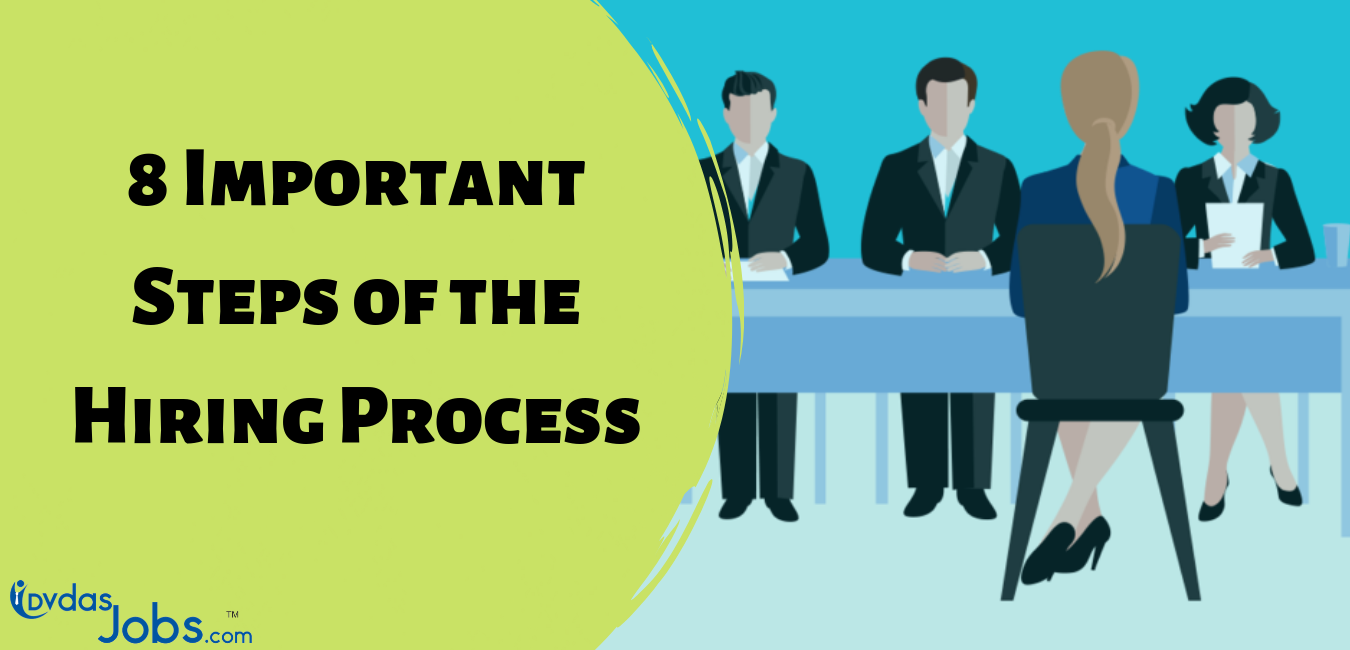Hiring is the most crucial part of any organization; they go through a step by step process. An Employer should not do hire in rush it can lead to missed opportunity costs. Hiring staff can make the right decisions and bring in talented professionals who will help the company grow.
1. Identify Recruitment need
Whether a job opening is newly organized or just vacated, you cannot find what you need if you don’t know what you need in the first place. So, your recruitment process should start with identifying the vacancies that exist followed by analyzing the job specifications including the knowledge, skills and experience required for the role.
2. Make a job description
Every job changes over time, so you need to keep up with each job’s description of responsibilities, requirements, and salary needs. Keep your job descriptions up to date by working with front line managers and observing Staff on the job periodically. This will assist you to keep a focus on real needs in the organization.
3. Post and promote job openings
Now you need to advertise the job to the right candidates – and social media can help you do that. Today, job seekers rely on social networks to search and apply for jobs. To bring your positions in front of the people you want to hire, you have to go where they are. And that’s in the most popular social sites: LinkedIn, Face book and Twitter. Posting jobs on these platforms help you increase the visibility of your job ads among potential candidates.
4. Applicant screening
Once applicants begin to apply for a position, the search committee members can begin reviewing the applicant pool to determine if the recruitment resulted in a sufficient number of qualified applicants for consideration and if the pool is sufficiently diversified. If not, the search committee should confer with the hiring manager to determine the next steps in extending the search process and engaging in more additional focused recruiting.
5. Interviews
Interview proves important because it connects both the employers as well as job seekers. It assists employers in selecting the right person for the right job. It also helps job seekers to present their job skills and acquire a desired position on merit. Not just this, but also you get to know the other different traits of the applicants, thus helping in judging better who will be able to be good in the particular field.
6. Reference checks
Once a candidate has been picked for the position, his or her professional references should be contacted. Reference checks can verify candidates’ employment details including job performance, strengths, and impotencies. A typical question to ask references is “Would you rehire this person?”
7. Job offer
Offering the job includes providing an offer letter verbally expressing the position’s salary, start date, and other terms and conditions of employment that are founded on the acquiescent between the troupe and the prospect. It should be pellucid that the prospect understands the conditions of the offer. The candidate may agree and contract, initiate negotiations, or turn down the offer.
8. Hiring
Once the candidate accepts the job offer, he or she is hired. This kicks off a phase of filling out and filing paperwork related to employment including eligibility to work forms, tax withholding forms, and company specific forms.
